Wild Animals
Several types of wild animals had religious associations and were used for various ceremonial purposes.
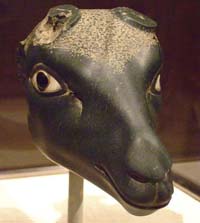
Antelopes were associated with Sokar and carried his royal and overseer attributes. Antelope heads graced the prow of ceremonial boats that stood in temple sanctuaries; this decorative arrangement was considered sacred.
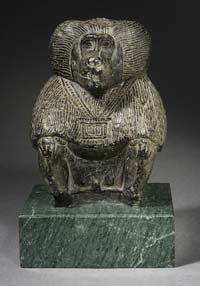
The baboon was associated with Thoth, Khonsu and Hapy, gods that possessed the qualities of eloquence, strength, fairness and responsibility. Thoth was the god who was responsible for the lunar-based calendar and was often depicted with the head of a baboon in ancient Egyptian pictographs.
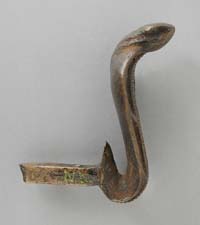
All snakes in general were associated with justice, fertility, protection and royalty and were symbols of resurrection. However, the cobra in particular was associated with the god, Wadjet. Additionally, a giant snake named Methen guarded the sacred boat of Re as he sailed through the underworld and was a cobra, endearing the species to the Egyptians even more.
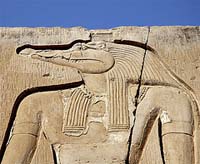
Crocodiles were associated with Amnut, Sobek and Taweret, the gods of justice, power and respect. Amnut was a demon that had the head of a crocodile and ate sinners’ hearts for punishment of their sins. Sobek was depicted as a human that had the head of crocodile, and temples of Sobek were set throughout ancient Egypt and features sacred lakes were crocodiles were fed and cared for.

Frogs were abundant in ancient Egypt. Because there were so many of them, the Egyptians associated them were fertility, resurrection and childbirth and the gods, Heget and the gods of the Ogdoad: Nun, god of water; Amen, god of invisibility; Heh, god of infinity; and Kek god of darkness.

Lions were associated with many gods and attributes, symbolizing strength, leadership, royalty, ferocity, war, healing and beauty. The earth god Aker was depicted as a double sphinx and was believed to guard the sun as it came and went from the underworld.
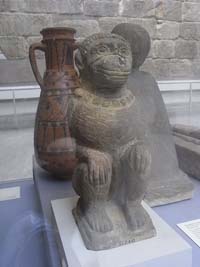
The monkey was revered as one of the most important animal forms into which the gods could transform, and they symbolized rebirth and renewal. As such, they were extremely important from a religious standpoint.
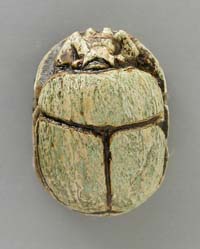
The scarab beetle was special, because it pushed its dung behind it in a ball, and then young scarabs were born out of the dung. This animal symbolized new life and creation to the ancient Egyptians.
Birds
Many species of birds were special to the ancient Egyptians and found their way into pictograph depictions, statues and other personifications.
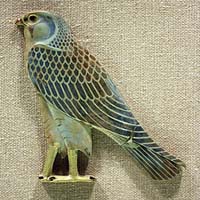
Falcons and hawks were associated with Horus, Montu and Socar, the gods of royalty, protection and strength. Because of this, these gods were oftentimes depicted with the head of a falcon, and the pharaoh often had a falcon with outstretched wings hovering above his head on his throne.
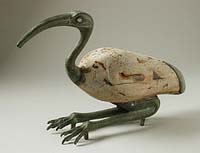
The ibis was a particularly special bird in ancient Egypt, so much so that it was even mummified and buried in tombs and catacombs like cats. This animal was associated with the gods Thoth, Tehuty and Djehuty, and personified knowledge and the soul. This bird was associated with the gods who created magic, writing, were teachers of men and had the power of language.
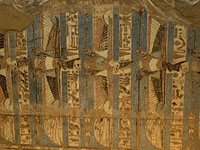
Vultures were figures of protection, associated with Nekhbet and Mut, the gods of eternity, monarchy and leadership. Depictions of vultures were often found on temple ceilings as a symbol of eternity in the vulture’s outstretched talons, offering eternal protection to the pharaoh.
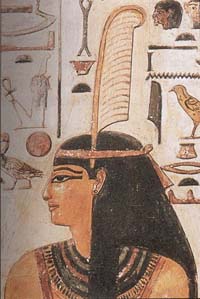
The ostrich personified order and the goddess Ma’at: she was depicted as a woman wearing an ostrich feather on her headdress, which is why many Egyptian women wore similar items.







































